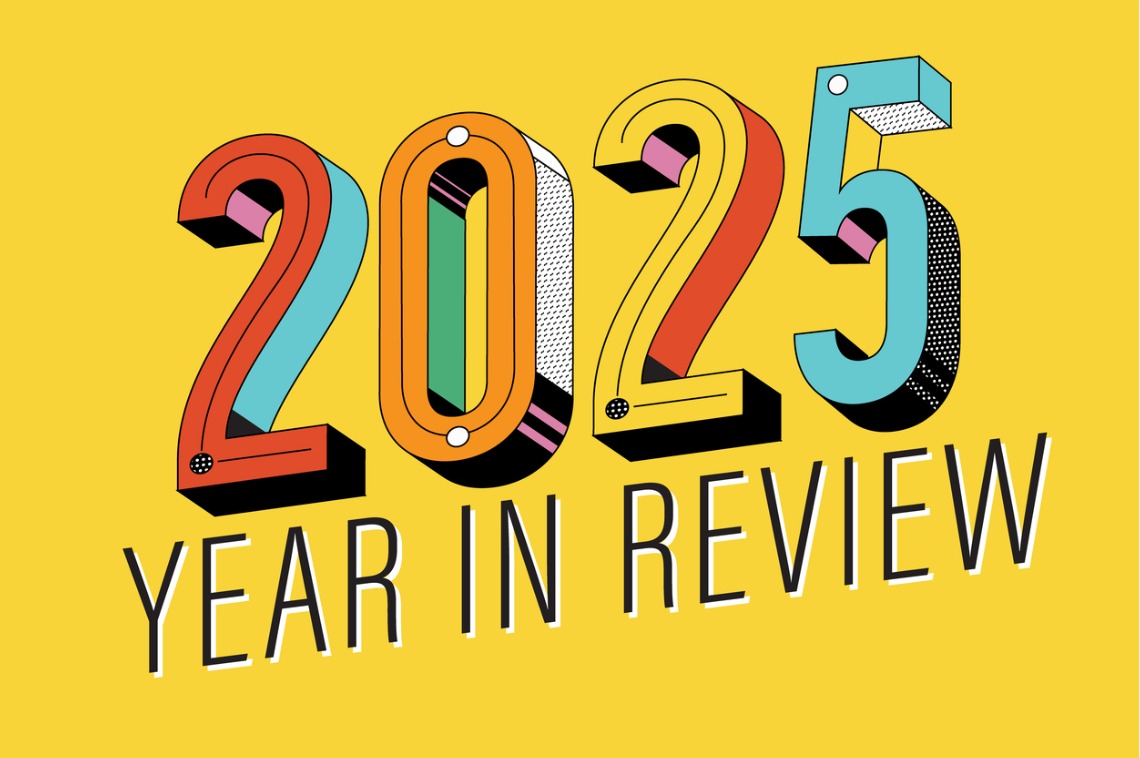H
ere are the five key takeaways from UKREiiF 2025, condensed by 20%:
1. A Strategic Inflection Point: The industry is at a turning point, shifting focus to those who create and utilise the built environment. Collaboration between public, private, and academic sectors is crucial for aligning development with skills-led agendas and embedding human capital in the process.
2. Capital Dynamics: Funding remains the biggest constraint on UK real estate transactions. To overcome this, traditional financing models need to be recalibrated, embracing risk-sharing mechanisms, blended finance, and alternative capital structures to unlock delivery across various asset classes and geographies.
3. Technology as Infrastructure: Digital innovation is no longer peripheral; it's foundational to the sector's future. PropTech, AI-assisted planning, and smart infrastructure are driving design efficiency, sustainability, and asset resilience. Those who embed digital capability into their strategies will outperform and shape a more inclusive urban fabric.
4. People-First Planning: The UK real estate sector must support local communities and labour markets by prioritising end-user needs, such as transport connectivity, digital infrastructure, and sustainable workspaces. Embedding these insights into planning decisions is essential for the industry's social licence to operate.
5. Resilience as Strategy: Market participants are actively analysing economic indicators, policy shifts, and global trends to position themselves for resilience in uncertain times. By leveraging data analytics and scenario modelling, investors and developers can respond nimbly to shocks while safeguarding long-term value.















